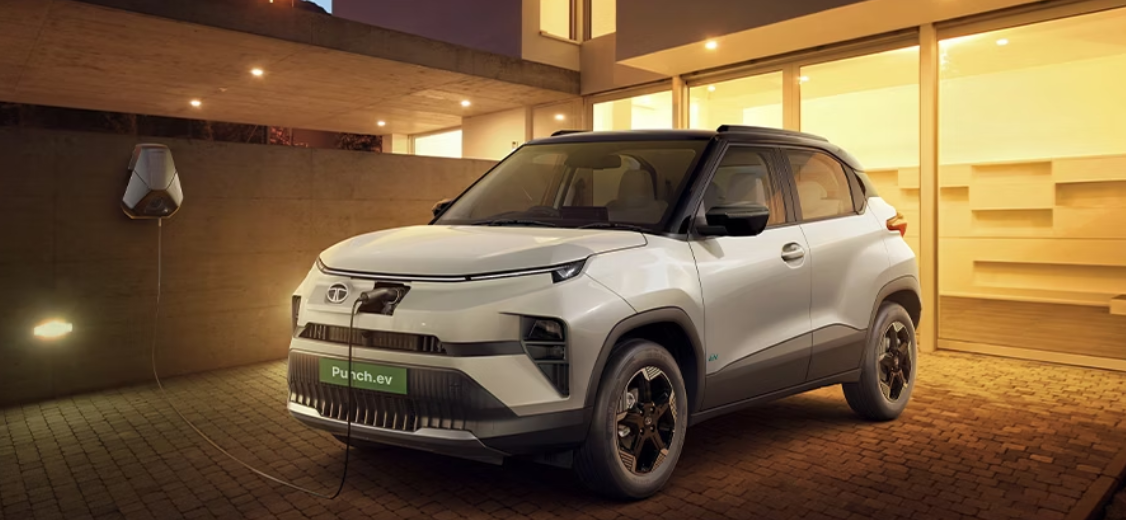
When Tata Motors unveiled the Punch.ev it wasn’t merely the launch of another compact electric SUV. it felt like a pivotal moment in India’s electric mobility story. For years, the Indian auto giant has been steadily building its EV portfolio winning trust through models like the Nexon EV and Tiago EV. But with the Punch.ev Tata has touched a deeper chord bringing electrification into one of India’s fastest-growing car segments the micro-SUV space. The result is not just a vehicle. it’s a symbol of how India’s EV journey is maturing from curiosity to mass adoption.
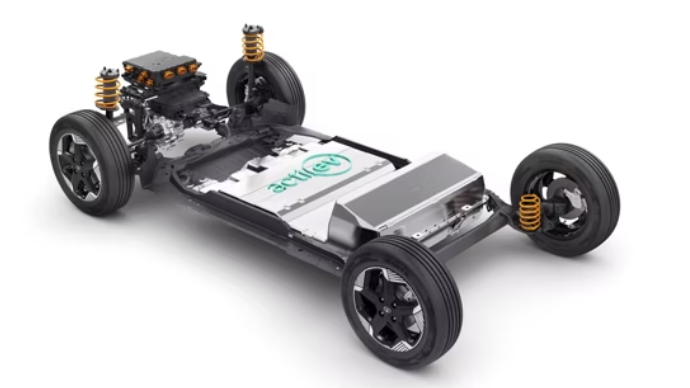
The Punch.ev is crafted on Tata’s advanced acti.ev platform a dedicated EV architecture that hints at the company’s long-term vision. Unlike earlier adaptations of ICE platforms this one is engineered to maximize battery placement, interior space and safety. The design itself is unmistakably Tata robust, youthful and modern. It carries the strong stance of the Punch we already know but its sharper DRLs, signature EV grille treatment and futuristic detailing instantly tell you this is an electric upgrade. It manages to look both familiar and refreshing a balance crucial for EV adoption in India.
What sets the Punch.ev apart is the way Tata has positioned it. With a claimed range of up to 421 km on a single charge (depending on the variant) it promises freedom from constant range anxiety one of the biggest barriers for EV buyers in India.
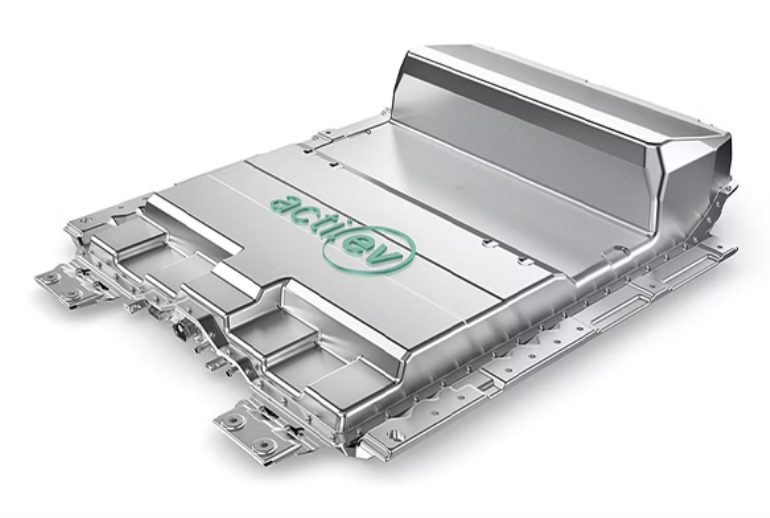
The multiple battery options 25 kWh and 35 kWh allow customers to choose according to their daily driving needs and budget. Charging is equally flexible supporting both fast charging and home charging solutions. A 10% to 80% top-up in under an hour with DC fast charging means long trips become realistic while overnight AC charging makes it easy for urban users.
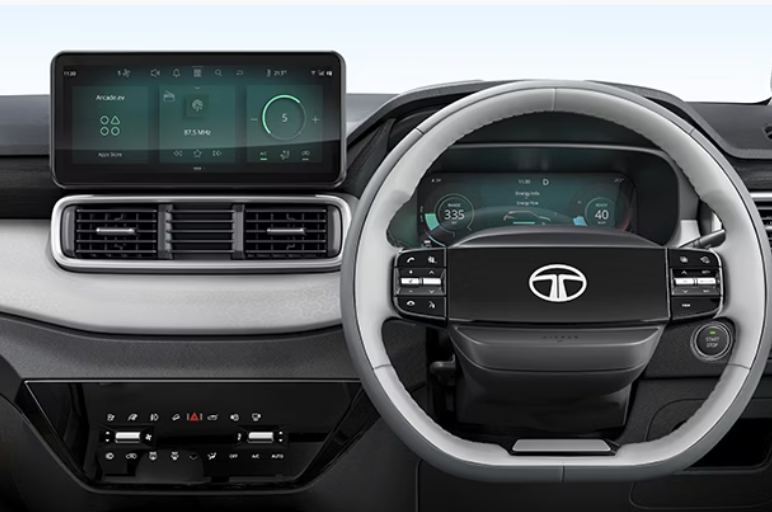
The Punch.ev feels like a leap ahead. Tata has not compromised on comfort or technology. The cabin is modern, featuring a large 10.25-inch infotainment screen a digital instrument cluster and premium touches in the upholstery. Wireless Android Auto and Apple CarPlay, connected car features and advanced safety tech including six airbags in higher trims showcase Tata’s intent to make this car not just affordable but aspirational. Space remains generous for a compact SUV with clever packaging ensuring passengers don’t feel cramped. This is important for Indian families who demand versatility even from small cars.
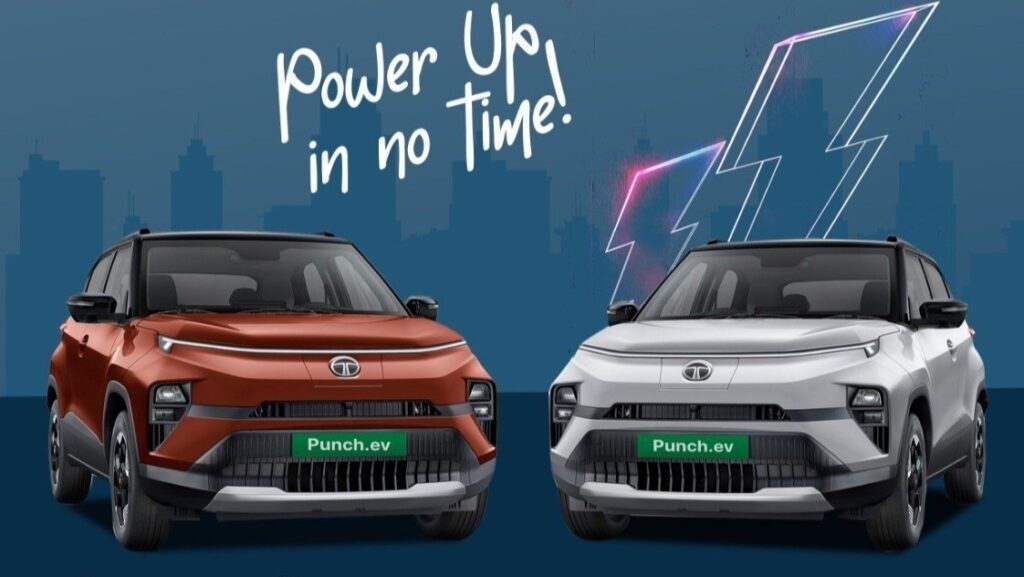
From a market perspective the Punch.ev is timed perfectly. India’s EV penetration is still in its infancy hovering around 2-3% of total passenger vehicle sales but growing at an exponential pace. Government policies, FAME II subsidies and state-level incentives are all pushing adoption. At the same time consumer interest is rising as charging infrastructure slowly but steadily expands. Tata already the market leader in EVs with over 70% share is now aiming to lock in dominance by offering an EV in nearly every mainstream segment. The Punch.ev fills a crucial gap a compact, city-friendly EV that appeals to first-time buyers, young professionals and families looking for a second car.

The competitive landscape is heating up. Global players are eyeing India and local automakers like Mahindra and MG are investing heavily in their EV lineups. Yet Tata’s advantage lies in its first-mover strategy, localized production and affordability. With a starting price in the range of ₹10.99 lakh (ex-showroom) the Punch.ev undercuts many rivals while offering features that feel premium. For Indian consumers who are cost-sensitive yet aspirational this balance could prove decisive.
Another fascinating angle is how the Punch.ev could reshape urban mobility. Indian cities are choking under pollution and congestion and governments are actively promoting EV adoption as part of climate and energy security strategies. A mass-market EV like the Punch.ev . if it scales, could significantly accelerate India’s journey toward cleaner transport. Moreover the Punch.ev’s affordability and practicality make it a likely candidate for fleet adoption ride-sharing platforms, corporate transport solutions and even government procurement.
But challenges remain. The EV ecosystem in India is still developing. While metros now boast increasing numbers of public chargers tier-2 and tier-3 cities face a long road ahead. Consumer education around EV ownership battery life, charging costs, maintenance also needs constant reinforcement. Tata will need to back the Punch.ev with strong after-sales service and charging partnerships to ensure customer trust doesn’t falter. Still the company’s track record with Nexon EV owners many of whom are satisfied with their experience offers reassurance.
Beyond the numbers and specifications the Punch.ev represents something larger a cultural shift in how Indians see cars. Until recently EVs were perceived as niche products for enthusiasts or eco-conscious buyers. The Punch.ev changes that narrative by presenting itself as a practical, everyday car that just happens to be electric. It normalizes EVs in a way few other models have managed. In time,it could become the car that many Indians remember as their first step into electric mobility.
Tata’s gamble with the Punch.ev will likely pay dividends. If sales momentum matches expectations. it will cement Tata’s lead and set benchmarks for others to follow. It could also push the government and private sector to further strengthen the charging network creating a virtuous cycle for EV growth. The Punch.ev is not just a new chapter for Tata Motors. it’s an important milestone in India’s broader EV evolution.
The Tata Punch.ev is more than just a product launch it’s a statement. A statement that EVs are no longer futuristic experiments but mainstream choices. It’s about accessibility, practicality and aspiration converging into one compact SUV. For EVCarBazaar readers the Punch.ev embodies the pulse of India’s EV transformation bold, homegrown and ready to drive the change. And as the Indian auto landscape races toward electrification this small but powerful SUV may just leave the biggest impact.


